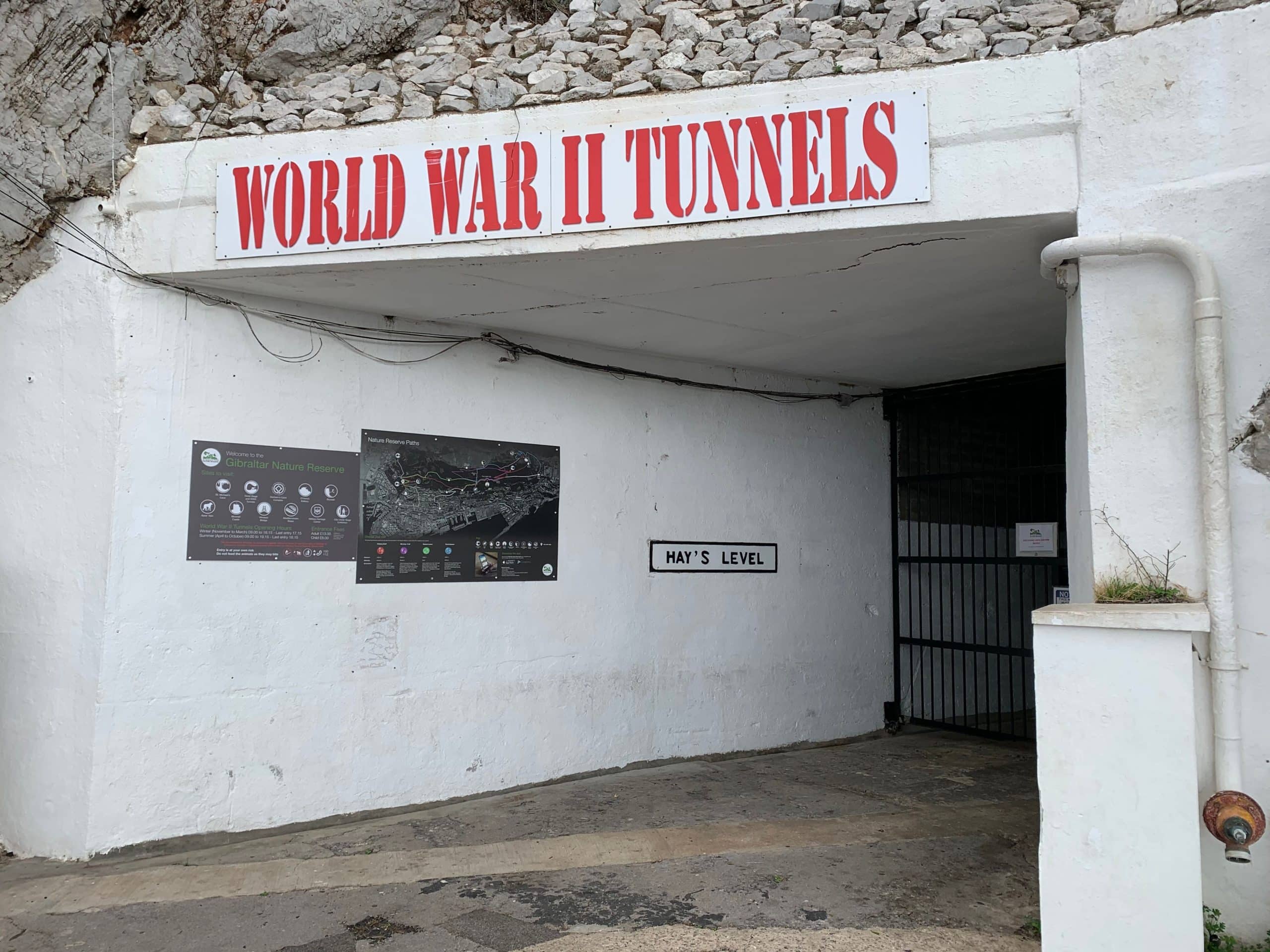
Gibraltar’s Underground Legacy: Why Your Tour of the World War II Tunnels is a Journey Through Time
In this Article
Gibraltar, a small yet strategically significant British Overseas Territory, holds an incredible wealth of history within its rocky landscape. While the sweeping views from the Rock of Gibraltar may captivate tourists at first glance, some of its most fascinating secrets lie deep underground. Beneath the limestone, a network of tunnels built during World War II remains as a testament to human ingenuity and resilience. These tunnels, constructed to protect Gibraltar from potential enemy attacks, offer visitors a unique opportunity to journey back in time.
If you’re fascinated by history, a visit to the World War II Tunnels in Gibraltar is a must. Let’s explore why this tour is not just another historical site, but a truly immersive experience into the wartime efforts that shaped Gibraltar’s role in the conflict.
The Construction of Gibraltar’s Wartime Fortress
As World War II raged across Europe, Gibraltar’s strategic position at the mouth of the Mediterranean became even more critical. The British government realized the territory could play a vital role in controlling access to the Mediterranean and safeguarding allied naval forces. To prepare for a potential siege, the Royal Engineers undertook an enormous engineering project: the construction of the World War II tunnels.
Between 1940 and 1943, British forces expanded upon an existing network of tunnels dating back to the 18th century, transforming Gibraltar into an underground fortress. Using dynamite and hand tools, soldiers carved out over 34 miles of tunnels, creating a series of hidden chambers, command posts, hospitals, and storage facilities – all capable of housing up to 16,000 troops.
Walking through these tunnels today, it’s impossible not to be awed by the sheer scale and ambition of the project. It’s a stark reminder of how close Gibraltar came to being a battleground and how vital these tunnels were to its defense.
A Journey Back to 1940
Stepping into the tunnels is like being transported back to the 1940s. As you move through the labyrinthine passageways, you can almost hear the distant echo of soldiers’ boots and the sound of pickaxes chiselling away at the rock. The tunnels are remarkably well-preserved, and many have been restored to look exactly as they did during the war.
In certain sections of the tunnels, you’ll find original wartime equipment, from radios and communication devices to the remnants of makeshift hospital wards. The dimly lit chambers, the cool, musty air, and the sound of dripping water create an atmosphere that feels both eerie and awe-inspiring. It’s easy to imagine the soldiers who lived and worked in these confined spaces, often for weeks at a time, as they prepared for the worst.
Guided tours of the World War II Tunnels bring this history to life with expert commentary and stories of the men who toiled underground. You’ll hear how the tunnels were used not just for defense but as a self-contained city capable of housing a population with hospitals, kitchens, and offices, all hidden away from enemy planes and ships.
Military Strategy and The Role of Gibraltar
The tunnels also offer a unique insight into Gibraltar’s importance during the Second World War. Dubbed “The Rock’s last stand,” Gibraltar was seen as a vital outpost for the British Empire, and these tunnels were key to its defense. During the war, Gibraltar played a crucial role in safeguarding Allied convoys en route to North Africa and in Operation Torch, the Allied invasion of French North Africa in 1942.
One of the most fascinating aspects of the tunnels is the glimpse they offer into the strategic thinking of the British military at the time. Gibraltar was heavily fortified because it was expected to be the target of a German and Italian invasion. The tunnels, along with the Great Siege Tunnels, provided the British with the advantage of being able to defend the territory without having to expose themselves to aerial bombardment or naval attacks.
For history enthusiasts, the tour provides a deep dive into military strategy and the significance of Gibraltar as “the key to the Mediterranean.” From its reinforced command centers to its underground chambers filled with supplies, the tunnel complex illustrates how the British prepared for a long-term siege.
An Unforgettable Underground Adventure
While the historical significance of the tunnels is undeniable, the experience of walking through these narrow, echoing corridors is an adventure in itself. The World War II Tunnels give visitors a sense of discovery as they move from one chamber to the next, never quite knowing what lies around the next corner.
Some sections of the tunnels have been transformed into exhibitions, complete with interactive displays, photos, and videos that give you a sense of life underground. However, many sections remain untouched, offering a raw and authentic experience of what it was like for the soldiers stationed here during the war.
One of the most captivating aspects of the tour is seeing how soldiers had to adapt to living underground for extended periods. Everything from kitchens to hospital wards had to be constructed, often in less-than-ideal conditions. Visitors are given insight into how medical care was provided underground, how soldiers communicated with the outside world, and how Gibraltar prepared for an enemy attack that, thankfully, never came.
Reliving History with Rocky Monkey Tours
At the end of the day, the tunnels of Gibraltar are not just about cold, hard facts; they’re about the human stories behind them. From the Royal Engineers who constructed the tunnels to the soldiers who lived and worked there, every corner of this underground network has a story to tell.
For the best possible experience of this underground world, Rocky Monkey offers expertly guided tours that bring these stories to life. Their guides are passionate about Gibraltar’s history and take visitors on an unforgettable journey through time, explaining the intricate details of the wartime efforts while weaving in personal stories of those who lived through it.
Whether you’re a military history buff or simply someone with a curiosity about the past, Rocky Monkey’s World War II Tunnels tour is a must-do when visiting Gibraltar. It offers an unparalleled look at how this tiny territory played a huge role in the broader story of World War II, and it’s sure to leave you with a newfound appreciation for the sacrifices made by those who defended it.
Conclusion
A visit to Gibraltar’s World War II Tunnels is more than just a tour – it’s a step back in time to one of the most critical periods in modern history. The tunnels stand as a tribute to the soldiers and engineers who built and defended Gibraltar during the war, offering visitors an immersive experience that is both educational and awe-inspiring.
With the help of Rocky Monkey’s knowledgeable guides, you’ll gain an unparalleled understanding of the importance of Gibraltar in the war effort, and you’ll leave with a deep appreciation for the bravery and resilience of those who worked and lived in these tunnels. If you’re planning a trip to Gibraltar, make sure the World War II Tunnels are at the top of your itinerary – this is one piece of history you won’t want to miss






